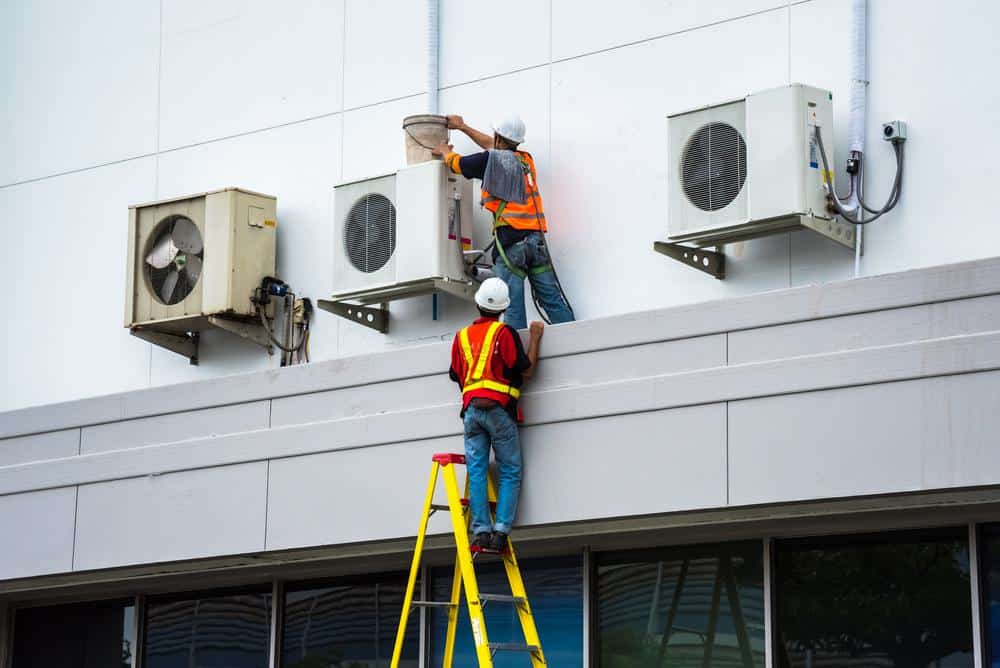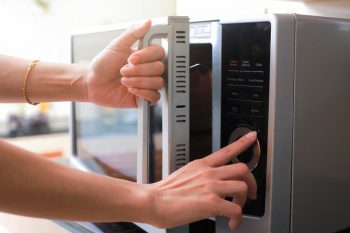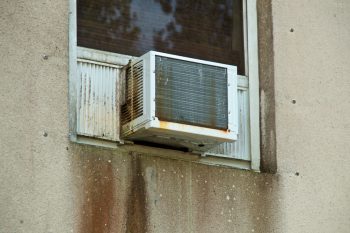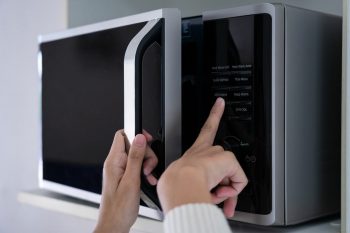
The world of air conditioning is undergoing a significant change. The AC refrigerant that has been commonly used for years, R-22, also known as Freon, was phased out in the United States on January 1, 2020. The reason behind this is its harmful impact on the ozone layer. The Environmental Protection Agency (EPA) has implemented a ban on the production and import of R22, except for the continuing servicing needs of existing equipment. As a result, the supply of R22 has become limited, and its cost has increased. This transition, however, is not stopping at R22. The new chemical cooling compound created to replace R22 in air conditioners and heat pumps, R410A, is also being phased out starting on January 1, 2023.
Let’s take a closer look at these changes, their impact, and what it means for you.
The AC refrigerant that is currently being phased out is R-22, also known as Freon, which was officially phased out in the United States on January 1, 2020 due to its harmful impact on the ozone layer. The next refrigerant set to be phased out is R-410A, with the process starting on January 1, 2023. The industry is transitioning towards using refrigerants with lower Global Warming Potential (GWP) and no ozone depletion potential, such as HFC-152a, HFO-1234yf, and CO2 (R-744).
The Environmental Impact of AC Refrigerants
The phased-out AC refrigerants, including R-22 and R-410A, have significant environmental implications. They have high global warming potential (GWP), which measures a refrigerant’s potential to contribute to global warming. Increased exposure to ultraviolet radiation due to ozone depletion can lead to health issues such as skin cancer, cataracts, and weakened immune systems, as well as negative effects on plant and animal life, agriculture, and materials.
This is why the industry is moving towards using refrigerants with lower GWP and no ozone depletion potential, such as HFC-152a, HFO-1234yf, and CO2 (R-744). These new refrigerants help reduce the overall environmental impact of air conditioning systems and contribute to the development of more efficient cooling methods.
Timelines for the Phase-Out
The phase-out process is gradual, allowing time for the transition to more environmentally friendly alternatives. The production and import of R22 were phased out as of 2020, and the phase-out of R-410A is set to begin in 2023. This transition is happening because these refrigerants contribute to global warming, and the industry is moving towards more environmentally friendly refrigerants.
The New Refrigerants
Replacement refrigerants for R-22, such as R-407c, R-410A, R-134A, and R-404A, are considered more environmentally friendly because they have lower Ozone Depletion Potential (ODP) and Global Warming Potential (GWP) compared to R-22. The most environmentally friendly refrigerants are hydrofluorocarbons (HFCs) and hydrofluoro-olefins (HFOs). HFCs, like R-410A, do not affect the ozone layer directly but can contribute to global warming. HFOs, on the other hand, have zero ODP and very low GWP.
Performance Comparisons
The performance of new refrigerants should not be compromised for the sake of lower GWP. If a new refrigerant is less efficient than R410A or R134a, it could contribute more to global warming through higher energy usage and increased carbon emissions. The HVAC industry is working closely with regulatory agencies to ensure a smooth transition to next-generation refrigerants while maintaining performance and efficiency standards.
Impact on Consumers
The phase-out of R-410A is a gradual process, and there is no requirement to convert existing systems to use new refrigerants. However, as the availability of older refrigerants decreases, the cost of maintaining and repairing older systems may increase. When purchasing new air conditioning systems, consumers can expect similar performance and appearance from units using new refrigerants. The transition to new refrigerants should not result in significant price changes for consumers.
The Cost and Maintenance of Existing AC Systems
The phase-out of R22 refrigerant will affect the cost and maintenance of existing AC systems in several ways. First, the price of R22 refrigerant has skyrocketed due to its limited availability, leading to a significant increase in expenses for recharging systems with the phased-out coolant. As the supply of R22 decreases, the service cost will also go up.
Regulations and Laws
Under Section 608 of the Clean Air Act, the US Environmental Protection Agency (EPA) prohibits individuals from knowingly venting refrigerants containing ozone-depleting substances. It is also illegal to intentionally release any refrigerant when maintaining, servicing, repairing, or disposing of air conditioning equipment.
In conclusion, the AC refrigerant industry is going through a significant transition, moving away from harmful refrigerants to more environmentally friendly alternatives. As a consumer, it’s important to stay informed about these changes and understand how they impact you and the environment.
Frequently Asked Questions
What is the exact impact of refrigerants on global warming?
The impact of refrigerants on global warming is measured through their Global Warming Potential (GWP). GWP measures how much heat a greenhouse gas traps in the atmosphere up to a specific time horizon, relative to carbon dioxide. Refrigerants like R-22 and R-410A have high GWP, meaning they trap a lot of heat and contribute significantly to global warming.
How long will the phase-out of R-410A take?
The phase-out of R-410A is set to begin in 2023, but it will be a gradual process. The exact timeline can vary depending on regulations and the development of alternative refrigerants. However, the goal is to reduce and eventually eliminate the use of this high-GWP refrigerant.
What are some of the new refrigerants replacing R-22 and R-410A?
Some of the new refrigerants replacing R-22 and R-410A include R-407c, R-410A, R-134A, and R-404A. These refrigerants are considered more environmentally friendly as they have lower Ozone Depletion Potential (ODP) and Global Warming Potential (GWP). Among the most environmentally friendly refrigerants are hydrofluorocarbons (HFCs) and hydrofluoro-olefins (HFOs), which have zero ODP and very low GWP.
What should I do if I have an AC system that uses R-22?
If you have an AC system that uses R-22, there’s no immediate need for action as the phase-out is mainly affecting the production and import of the refrigerant, not its use or existing supplies. However, as the supply decreases, the cost of maintaining and repairing these systems may increase. It may be cost-effective to consider replacing older systems with new ones that use more environmentally friendly refrigerants.
What are the penalties for violating the EPA’s regulations on refrigerants?
Violating the EPA’s regulations on refrigerants can result in substantial penalties. Under Section 608 of the Clean Air Act, individuals who knowingly vent refrigerants into the atmosphere can face fines or other enforcement actions. It’s important to follow all regulations when servicing, repairing, or disposing of air conditioning equipment.












